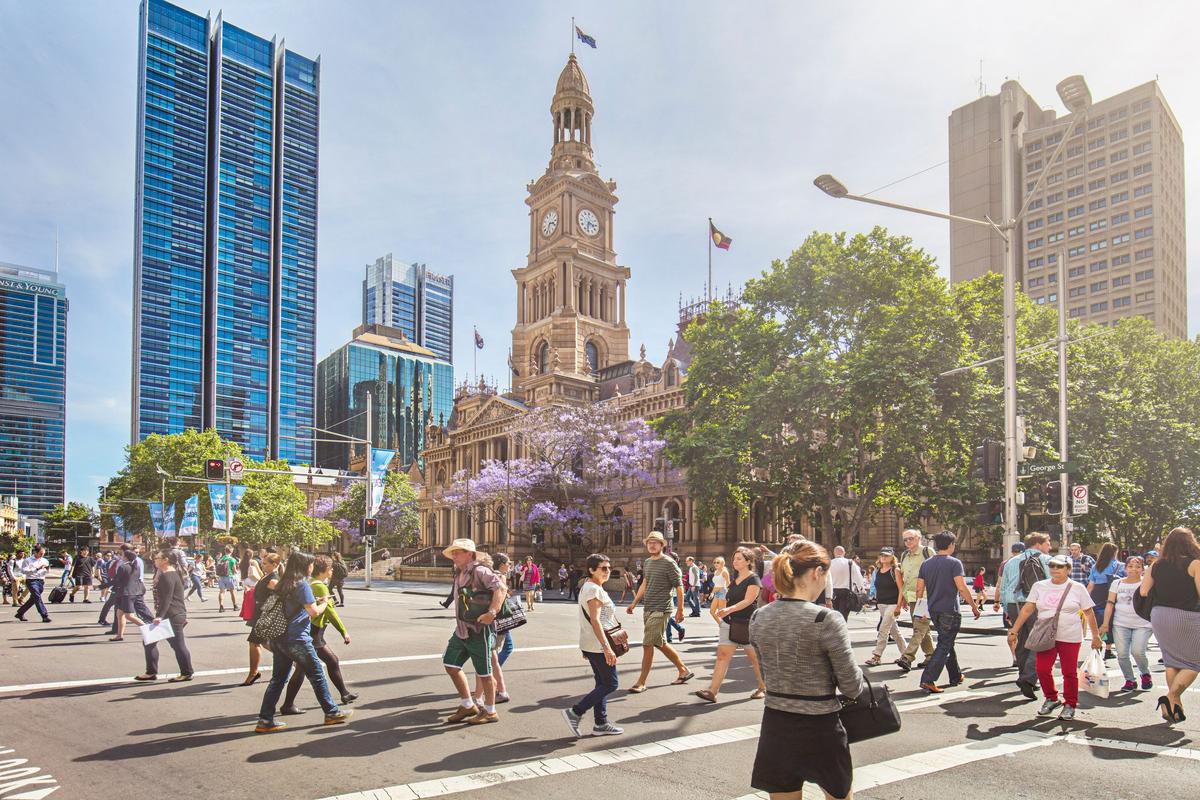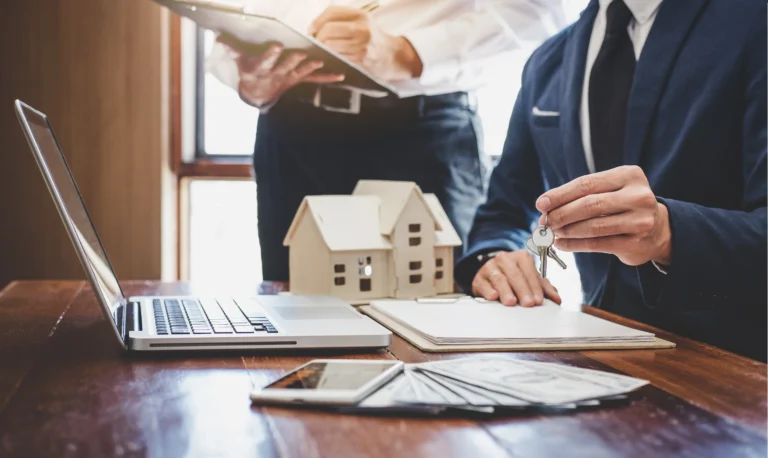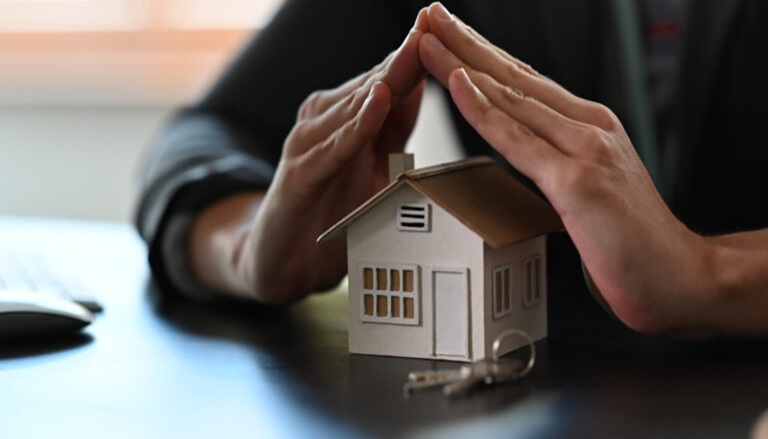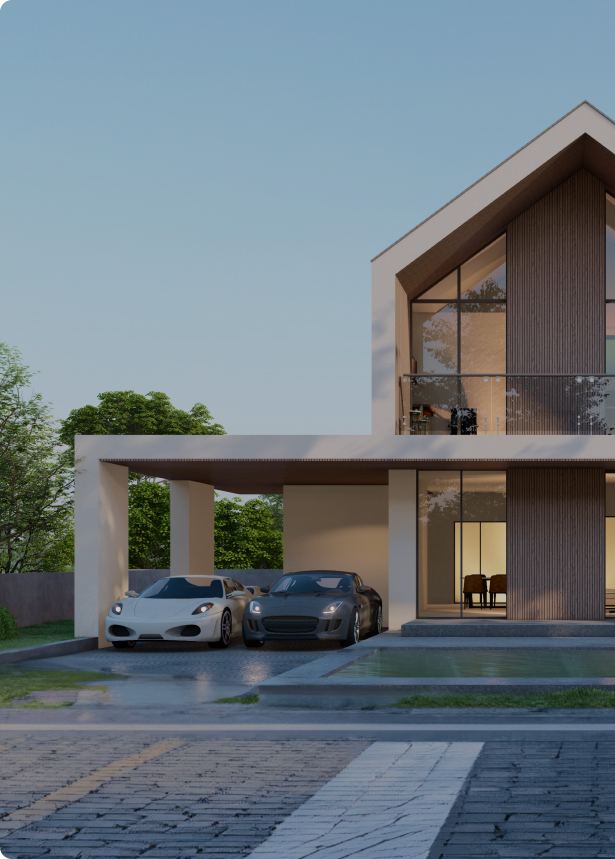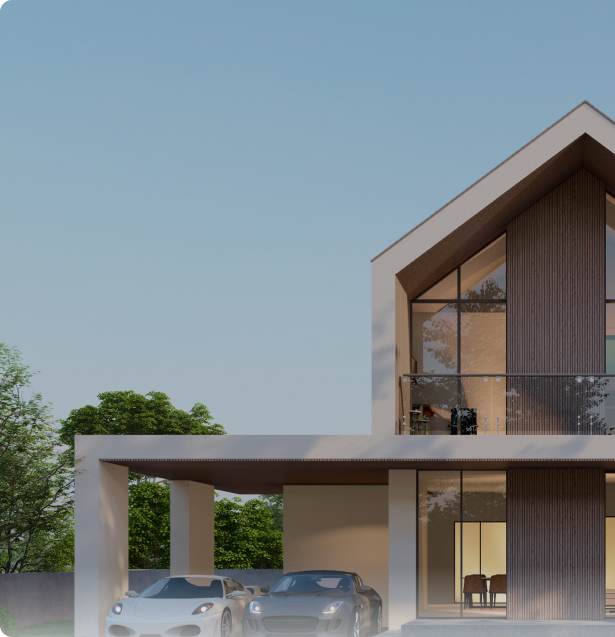- September 11, 2023
The Impact of Inflation on Real Estate Investments
Inflation has dominated the news cycle for the last 18 months. Petrol, electricity, food and rental prices have been soaring out of control, while the RBA has been hiking rates at a level of aggression never seen before in order to get things back under control.
Inflation has finally begun to cool in the most recent months after the official cash rate increased from 0.1% in April last year to 4.1% today.
If you have an investment property portfolio, you would have hopefully experienced the beneficial side of inflation; a higher rental return for more cashflow and the ability to pay down your debt sooner and with less stress.
If you don’t have investment properties, it’s not too late. Even if inflation gets back to within the RBA’s target range of 2-3%, it will still mean your returns rise over time.
In an inflationary environment, property stacks up well as an asset against other alternatives. It has a physical, inherent value and draws an income that benefits from inflation. And the data shows us that property has a history of steady growth over the long term and through multiple market cycles.
Pay today’s debt with tomorrow’s money
Most investors pay interest only when starting out on their investment loans. When you invest in a property, you get a debt that must be paid down over time. But you can take advantage of inflation by paying interest only until rents rise enough that you can begin paying off the principal and remain positively geared.
Say you bought a house 30 years ago for $100,000 and only ever paid the interest on the loan, you would still owe the full $100,000 today. But that doesn’t seem like a lot of money compared to what it did when purchased. You could pay it down with a single year’s salary or a couple of years’ worth of rent. The debt purchased back then can easily be paid off with the money earned in 2023. As time goes on, assets are worth more, but money is worth much less.
Get your assets and hold on tight
The best way to thrive in times like these is to acquire quality assets like property and hold on. Eventually, you will be left with an inflated income to pay off your existing debt. Someone who was earning $50,000 a year five years ago may be earning $500,000 a year for the same job in the not-too-distant future. But they may also be paying $100 for a fast-food meal. It’s all relative and they will still struggle if they are paying off a large owner-occupier mortgage while spending so much elsewhere.
But let’s just say you have a number of investment properties that you purchased for below $300,000 (and yes there are still plenty of those out there). You will be able to pay these down pretty quickly in a future world of larger salaries and rents earning thousands a week (and if you think that’s unrealistic, bear in mind that rents have risen by around 25% at a national average over the past 12 months).
Still easier today
You can not only pay today’s debt off with tomorrow’s money if the above scenarios come to pass, but you can do it much easier than someone who bought back in the 1990s. Sure, they bought cheap back then, but they paid up to 20% in interest at times on their properties, which made it extremely difficult just to service their loans.
Interest rates have obviously risen sharply of late, but investors are still paying below 7% on their loans if they are switched on. That’s around $20,000 a year on a $300,000 property, which is likely returning $25-30,000 a year in rent in the current market.
Speak to Blink Property
Let’s find your next
perfect property
Have questions or ready to take the next step? Whether you’re buying, selling, or just exploring options
Email Address
support@blinkproperty.comPhone Call
+0291801920Ready to make a move?
Contact us today to discuss your property needs and choose the right plan.
We’re here to guide you
through every step of the process.


